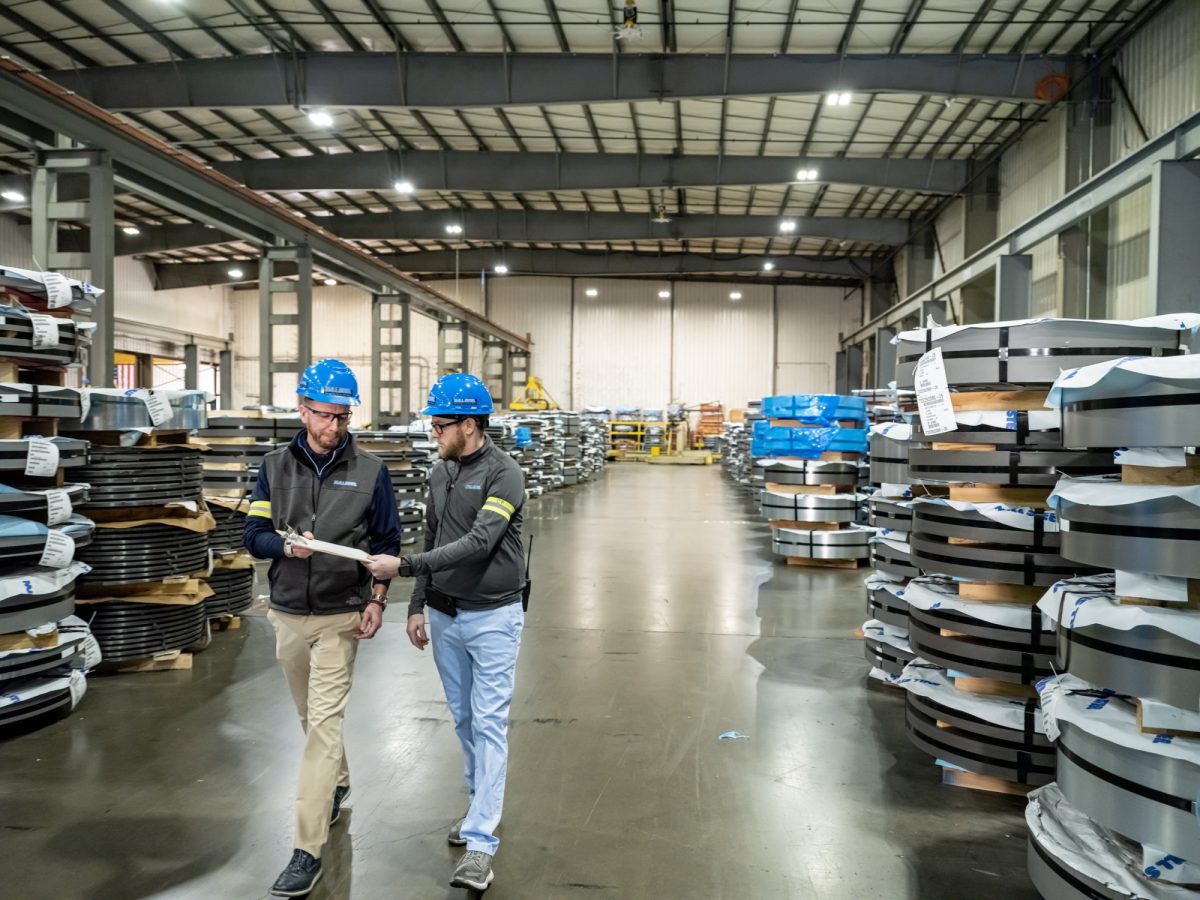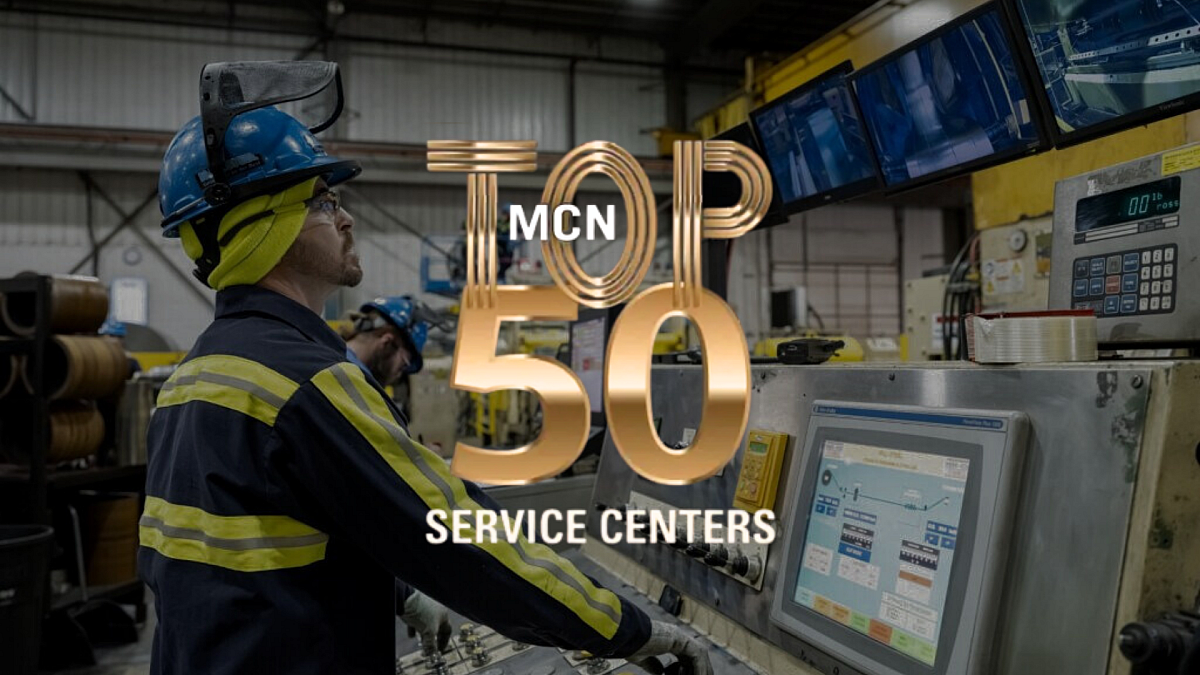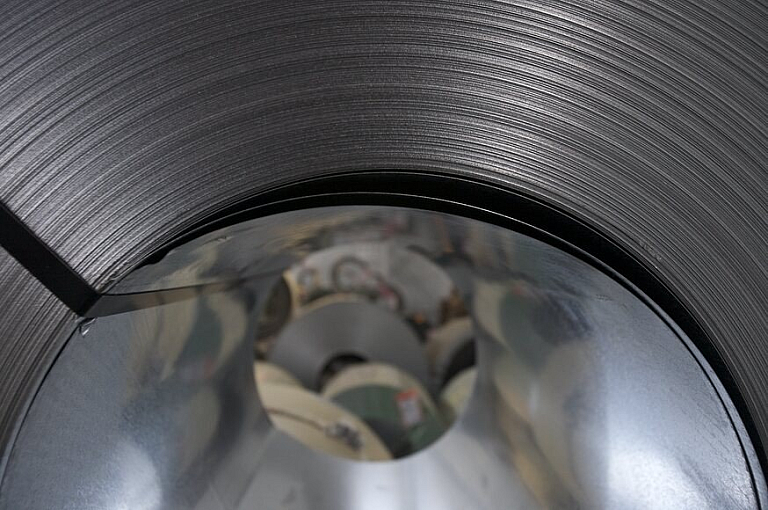316 Stainless Steel vs. 304 Stainless Steel: Choosing the Right Material

At Mill Steel Company, we pride ourselves on being a trusted stainless steel supplier offering a wide range of premium products, including stainless steel coil, sheet, and more. One of the most common questions we hear from customers is, “What’s the difference between 304 stainless steel and 316 stainless steel — and which one is right for my application?”
Both 304 and 316 stainless steels are highly versatile, corrosion-resistant materials. However, each grade offers unique advantages depending on the environment and end use. Here’s a closer look at how they compare to help you make an informed purchasing decision.
What Is 304 Stainless Steel?
304 stainless steel is the most widely used stainless grade in the world. It’s known for its excellent corrosion resistance, formability, and strength. As an austenitic stainless steel, it contains high levels of chromium (around 18%) and nickel (around 8%).
Key Benefits of 304 Stainless Steel
- Exceptional Corrosion Resistance: Ideal for indoor or mildly corrosive environments.
- Cost-Effective: 304 tends to be more affordable than 316, making it a practical option for many applications.
- Easily Formed and Welded: Perfect for a wide range of fabrication needs.
- Common Applications: Kitchen equipment, architectural panels, automotive trim, storage tanks, and more.
What Is 316 Stainless Steel?
316 stainless steel is similar to 304 but includes an important addition: molybdenum. This element enhances its corrosion resistance, particularly against chlorides and harsh chemicals, making it ideal for more aggressive environments.
Key Benefits of 316 Stainless Steel
- Superior Corrosion Resistance: Performs exceptionally well in saltwater, chemical processing, and high-moisture environments.
- High Strength and Durability: Maintains toughness even at extreme temperatures.
- Common Applications: Marine equipment, chemical processing equipment, medical devices, coastal architecture, and food service equipment exposed to harsh cleaning agents.
304 vs. 316 Stainless Steel: Which Should You Choose?
When deciding between 304 and 316, consider the environment and performance demands:

Partner with Mill Steel Company
When it comes to sourcing stainless steel, quality, service, and expertise make all the difference. At Mill Steel Company, we are committed to delivering the highest standards in product and customer support. Our extensive inventory, quick turnaround times, and personalized service set us apart as a stainless steel supplier you can trust.
Ready to get started? Contact us today to learn more about how we can help your business succeed or request a quote.


